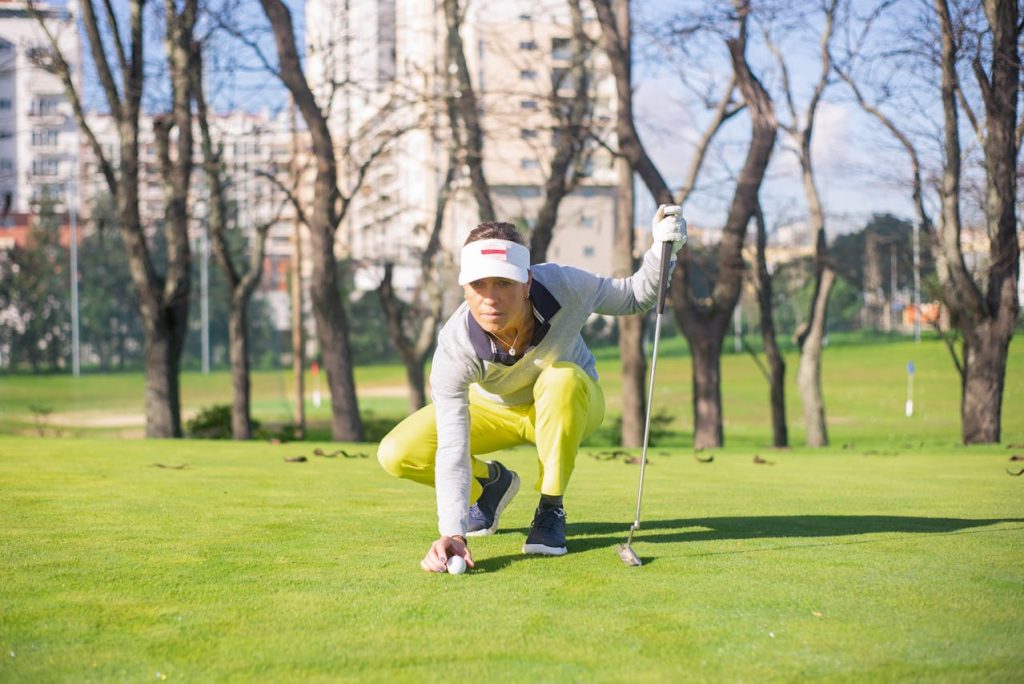
For athletes in non-traditional or niche sports, the approach to NIL can look a bit different from that of athletes in high-profile sports. Athletes in fencing, rowing, golf, or at smaller mid-major schools have unique opportunities to stand out by embracing niche markets. While they might not have the mainstream visibility of football or basketball players, their unique positions can allow them to develop loyal followings and connect with niche audiences in authentic ways. Here’s how athletes in non-traditional sports can take advantage of NIL to build their brand.
Standing Out and Earning NIL in a Niche Sport
Leverage Your Sport’s Unique Appeal. One advantage of niche sports is that they often attract dedicated, highly engaged communities. Take fencing, for example—a sport that has an established fan base worldwide but remains underrepresented in mainstream media. A collegiate fencer can connect with this community by creating instructional content, tutorials, or event recaps. A video series on basic fencing techniques or insights into competition preparation could appeal to fans, younger athletes, and families who are deeply interested in the sport but may have limited resources to learn from professionals.
Beyond just the sport, athletes can create content that appeals to people who value tradition, discipline, and technical skill—qualities that niche sports often represent. Rowers, for example, can showcase the sport’s demanding training routines, focusing on grit, teamwork, and discipline. Sharing these values through social media or online courses can help build a loyal following and attract sponsors who want to reach people who admire or embody those qualities.
Create Partnerships with Niche Brands. Athletes in non-traditional sports can find brand partnerships that align well with their specific needs and audience. Smaller companies that serve niche markets often appreciate the opportunity to connect with athletes in these unique sports. For example, a rower could partner with a brand specializing in high-performance, water-resistant sportswear or accessories for aquatic sports. Golfers, meanwhile, could connect with brands offering customized golf accessories, local golf courses, or even smaller travel brands that appeal to golf enthusiasts.
By focusing on niche brands, athletes avoid competing with mainstream athletes for partnerships and instead create symbiotic relationships that can grow over time. The key here is to focus on authenticity and ensure that the products or services you endorse align well with your identity and audience. These partnerships may not pay as much as a national brand, but they often allow for deeper relationships and more flexibility for growth.
Build an Online Presence That Emphasizes Expertise and Education. One way to build a strong NIL brand in a niche sport is by becoming an educator within the sport. Golfers, for instance, can use platforms like YouTube or Instagram to share swing tips, insights on mental focus, and advice on navigating golf courses. This content isn’t just for other athletes—it appeals to recreational players and fans as well, especially in a sport like golf where enthusiasts actively seek improvement and connection with the game.
Athletes could offer a subscription service, providing exclusive content for those who want to learn more. Rowers, for example, could host a monthly Q&A session on Instagram or start a Patreon account where they share specialized training plans or tips on how to join a rowing team. This approach can help monetize your NIL through paid memberships or contributions from fans who want to go beyond the basics and learn directly from a college athlete.
Develop a Personal Brand Around Your Journey and Values. Athletes in non-traditional sports often have unique journeys that can inspire and resonate with audiences. Whether it’s juggling a demanding academic schedule with training for fencing, or coming from a small-town school to compete in golf, these stories are compelling and relatable to audiences beyond sports fans. Athletes can share their personal journeys, emphasizing challenges, triumphs, and the discipline required to pursue less mainstream sports.
This approach appeals to brands and fans interested in real stories and values like determination, resilience, and hard work. Documenting this journey through a blog, video content, or a podcast can help athletes build a dedicated fan base, even if the sport itself doesn’t have a massive following. This audience could include other athletes, high school students, parents, and fans who admire the athlete’s dedication to pursuing something they love.
Collaborate with Teammates or Other Athletes in Similar Sports. For athletes at mid-major schools or those in niche sports, collaboration can be a great way to expand reach. By partnering with other athletes who may share similar audiences or values, athletes can pool their resources to attract broader attention. For example, a rower could collaborate with a swimmer to create fitness-focused content, providing fans with insights into the training regimens of two rigorous, aquatic sports. These athletes can even create a shared podcast or YouTube channel, inviting others to learn about the lifestyle, fitness routines, and mental toughness required for less mainstream sports.
Athletes could also work with teammates to create merchandise, organize community events, or host joint social media takeovers. By focusing on community and shared experience, athletes increase their visibility while creating a supportive network of like-minded individuals.
Athletes in non-traditional sports have endless opportunities to make a meaningful impact in the NIL space. They can capitalize on unique aspects of their sport, develop partnerships with niche brands, and build personal brands that go beyond traditional sports audiences. While you may not have the high-profile platform of their peers in popular sports, you do have an advantage in being part of specialized communities where genuine connections are valued and supported. By focusing on authenticity, expertise, and collaboration, it’s possible to create sustainable NIL brands that make a difference, both in your sport and beyond.